Concentric coil

A Concentric coil has an inner circle and an outer circle wire winding. Its search pattern is cone shaped and can be useful for accurately pinpointing the target. Concentric coils tend to be noisier in highly mineralised ground and require more overlap of sweep for thorough ground coverage.
Double-D (DD) Coil
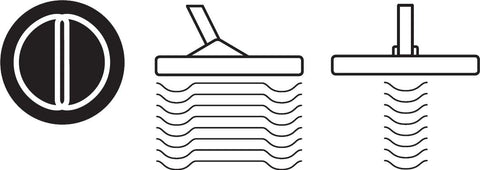
A Double-D coil has two overlapping wire windings in the shape of two D’s (one reversed). The characteristics of a Double-D coil are stability (especially in heavily mineralised ground), good depth, sensitivity and a very thorough search pattern. When used with a GPX detector Double-D coils (as opposed to monoloop coils) are able to discriminate between ferrous and non-ferrous targets (when Iron Reject is activated). They are also more stable when used on wet salt beach sand and in electrically noisy environments.
Monoloop coil

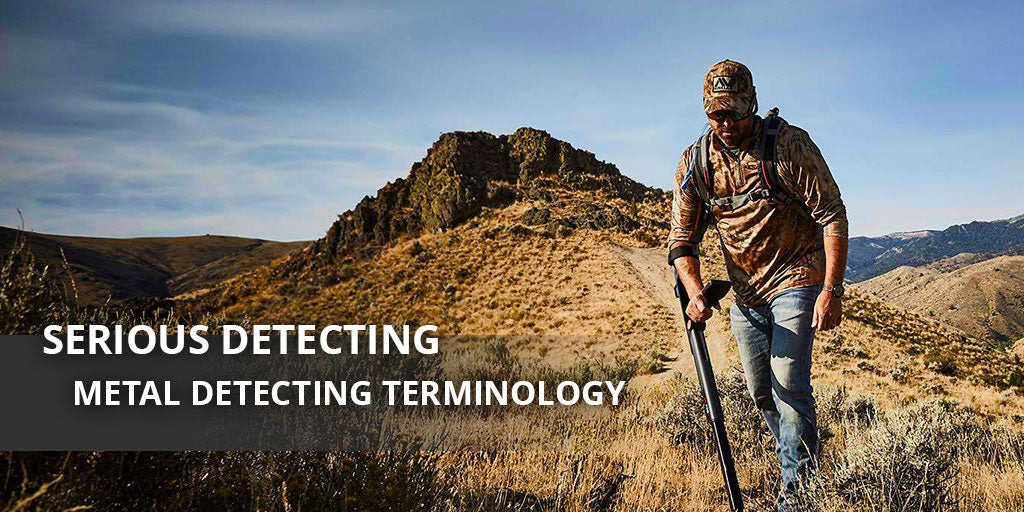
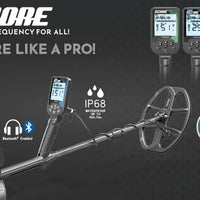
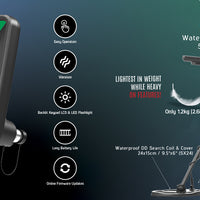

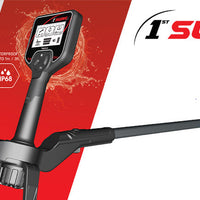

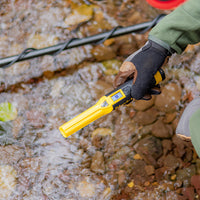
0 comments